At CEC, we’re happy to help produce your cards, flyers, books and other printed products. And we’re more than willing to work with you to get you the best price and highest quality possible. To that end, below are some basic file guidelines to follow when creating files to avoid some of the most common, simple issues we encounter.
Proper planning
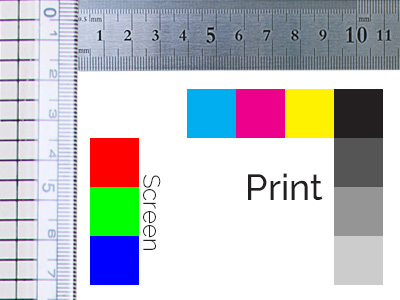
The gist of all the following points is to plan correctly for the finished product. Granted, you can’t plan for everything. But proper planning in the early stages will save headaches (and money) in the long run.
Size the document correctly
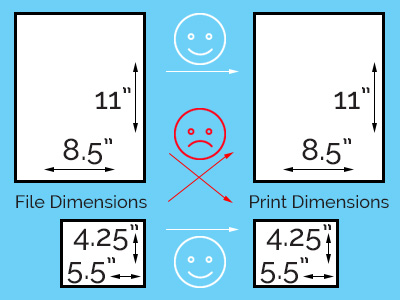
As with most problems, we tend to encounter this with Microsoft Office files specifically (Word, Excel, Publisher, Powerpoint), but it applies to all formats. Design the document at the size you wish the finished product to be. For example, if you’re setting up a postcard that will be 5.5″ x 4.25″ when finished, then your document should be set up at that size. While we can use a 5.5″ x 4.25″ postcard that is centered (or often, not centered) on an 8.5″ x 11″ page, it will require some editing. This is less efficient and adds cost to the project.
The Exception: Bleeds
Just like any rule, there is an exception. In the case of document sizing, bleeds are the exception to the above rule. If your finished document is 5.5″ x 4.25″ but it bleeds, then each edge needs to be extended at least 1/8″ (0.125″). So in that case, the document you send to CEC would be 5.75″ x 4.5″.
Do not impose
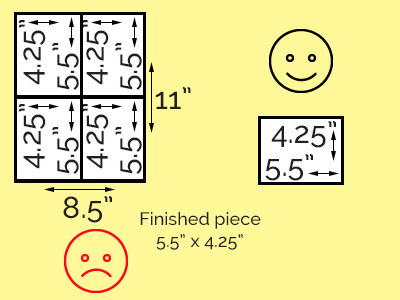
A lot of times we get files that are imposed, that is, they’re already set up with multiple finished images on a single page. Sometimes it is because the finished piece will be a saddle-stitched booklet so the PDF is created as ‘spreads’ instead of ‘single pages’. Other times, it is because the designer wanted to speed up production so they imposed their business card, postcard, etc… repeatedly multiple times (step-and-repeat) on an 8.5″ x 11″ sheet size. While the nicest of intentions, this actually may add editing time to the project. For various reasons, CEC may run a project differently than expected. An example would be a paper stock shortage: We normally run a 9″ x 6″ card 4 up on a 19″ x 13″ sheet to allow for press margins, bleeds, etc… If that is how our client supplies their file, but we cannot order that size from the mill in time for an order already in-house, we may run it 2 up on 18″ x 12″, in which case we would need to edit the supplied file to un-impose it. This becomes an even bigger problem for odd sizes or documents that don’t have crop marks included. Which leads us to another point…
Include crop (trim) marks
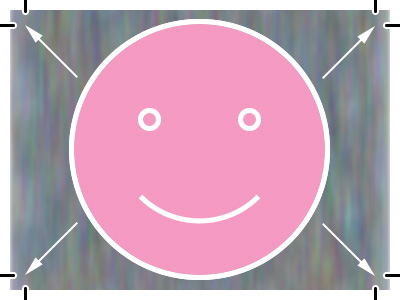
If your document doesn’t bleed, and it was created at the correct finished size, then this isn’t necessary. Technically, if they are in a document that doesn’t bleed we may need to remove them for the most efficient printing and cutting. However, in the case of non-bleeding documents, it usually isn’t too difficult for us to remove the crop marks and crop marks at least give us an indication of exactly what finished size is expected.
If your document bleeds, crops are very much-needed. At minimum, we’ll need them as a cutting guide. But beyond that, it allows us to know for sure what the expected finished size is regardless of how much bleed or extra margin is included in the file. For example, two clients may send us files for 8.5″ x 11″ flyers and neither one has crop marks in the file. Client A set up their file with 1/8″ (0.125″) bleed extension on all four edges. Client B set their file up with 1/4″ (0.25″) bleed extension on all four edges and also output the PDF at a larger sheet size (11″ x 17″) to make sure the bleeds would be included in the PDF they sent to CEC. As a result, we’ve got two files that should be the exact same finished size, but the documents we’re working from are 8.75″ x 11.25″ and 11″ x 17″, respectively. We then need to verify the size with client which can delay a project until we can get a hold of them. Or, we must assume…and that rarely ends well.
One last point of concern with crop marks: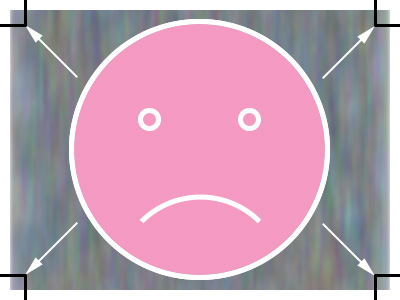
Use actual crop marks and offset them from the finished edge. Simply putting a square shape in the corners instead of crop marks, or using crop marks that meet or intersect will lead to problems. Registration on digital presses can jump very slightly from page to page. It’s not enough to matter in most cases, but if the crop marks on a page are touching, part of those crop marks will inevitably remain on at least some of the finished prints unless we cut a little smaller to eliminate all of the crops. To be somewhat hypocritical; no crop marks is better than touching/intersecting crop marks. If you’re not able to add crop marks easily or automatically through your software – Microsoft Word, for example – then just be sure to let us know what finished size is expected. We can add crop marks, but to do so we need to know for sure what the final size is.
Color
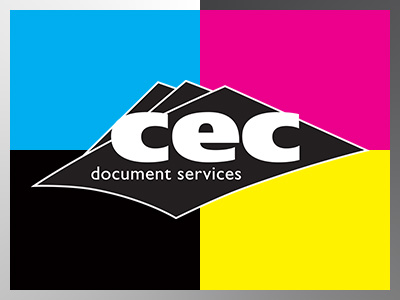
This is a complicated subject that we’ll likely have many dedicated blog posts for in the future. There are a lot of considerations when it comes to color. The main point we’ll focus on here is pure black. Especially if your document is a mix of full-color and black-only pages, make sure that the black-only elements are indeed, black-only. That means that black elements – especially text – are using a color that is built with either grayscale, or a build of CMYK that is 0% of CMY and x% of K.
Without getting too deep, this matters for two reasons: Quality and cost. If the entire document is printing on a color press and text is a build of CMYK rather than just black, the text can appear fuzzy if color registration is off even a little. This is especially true for smaller font sizes. If the document is built-in color but printing on a black-only press, some sort of conversion will be necessary. Though we generally try to avoid any such changes to client files, that conversion may be done in Prepress if editing time was expected and quoted or it may be done automatically when the file is submitted to the press. Either way, converting a file can have some unexpected results: Such as black text becoming a shade of gray that appears choppy when printed. As with anything, there are ways we can get around this, but for the most efficient process and best price, creating the black colors correctly from the start is the best practice.
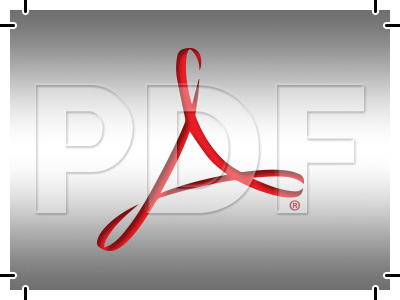
This is another subject that will enjoy many more specific blog posts in the near future. But I’d be remiss if I didn’t note that PDF files are the preferred file type at CEC. There are many reasons, but they all again lead back to efficiency and savings. Even if you want to provide us with the native files, ideally a PDF should accompany those as well and we’ll utilize the native files only if there are problems we can’t overcome in the PDF. We’ll cover the specifics of these settings in a future post, but for now you can download CEC’s PDF job settings here. This file is for Adobe software (Acrobat/Distiller, Creative Suite/Cloud applications) and may not be directly useable if you don’t own that software. However, we may be able to walk you through the settings of your specific software. If you have any questions, don’t hesitate to contact us.
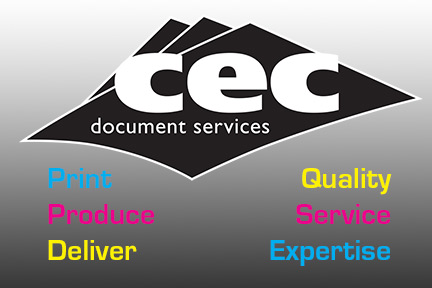
Some problems are unavoidable, but hopefully these tips will help you when submitting your next order to CEC. If you have any questions or just need some quick assistance setting up a file you’ll be sending to CEC, please contact us. We’re glad to help however we can. You can also ask your question (or share a thought) in the comments section below.






I can’t open the file with the job options. My computer says it doesn’t recognize the file type.
Karen
Hi Karen,
This wasn’t explained very well in the original post. The job options file works with Adobe software (Acrobat/Distiller, Creative Suite/Cloud applications). I would guess that if the file is not recognized on your computer it is because you don’t have that software installed. However, if you’d like to give us a call we may be able to help you with PDF settings within whatever applications you do use. If you do have Adobe software, we can walk you through installing the job options file an alternate way. Just ask for Rick in Prepress when you call.
Thanks!